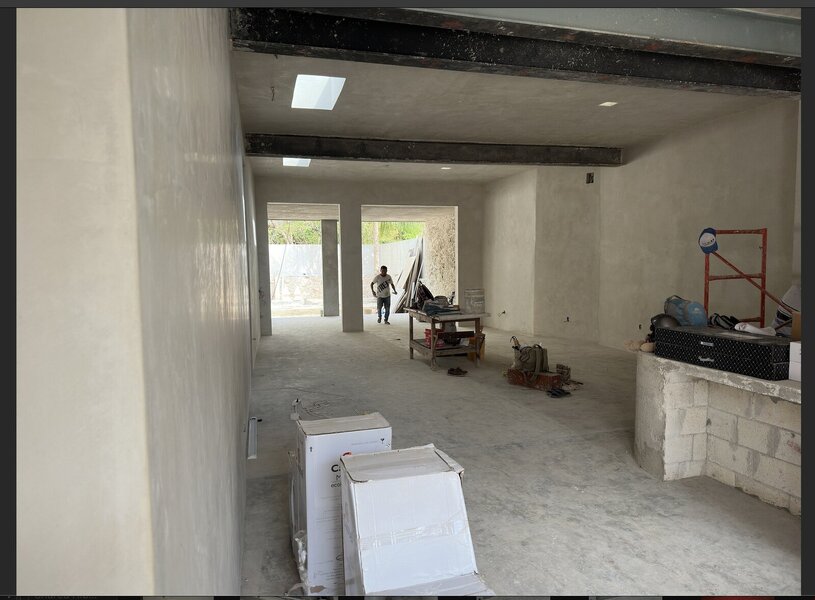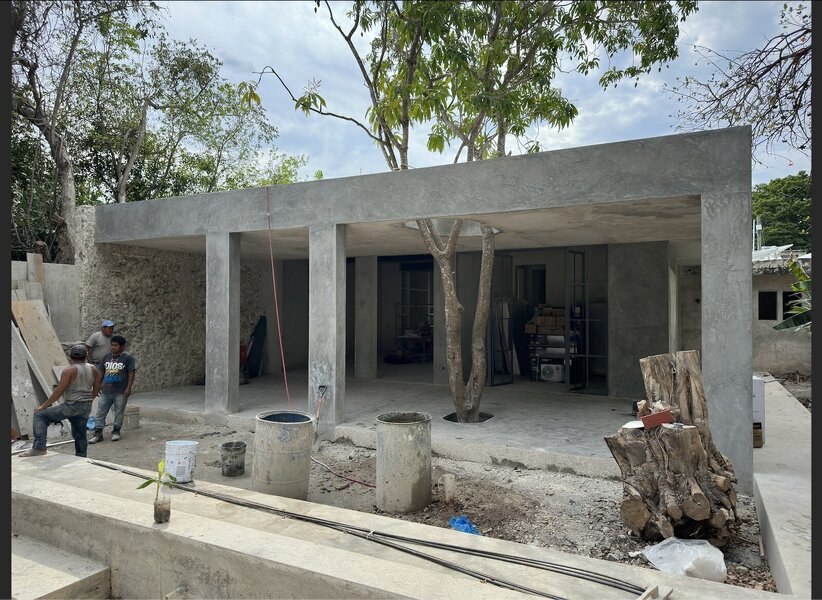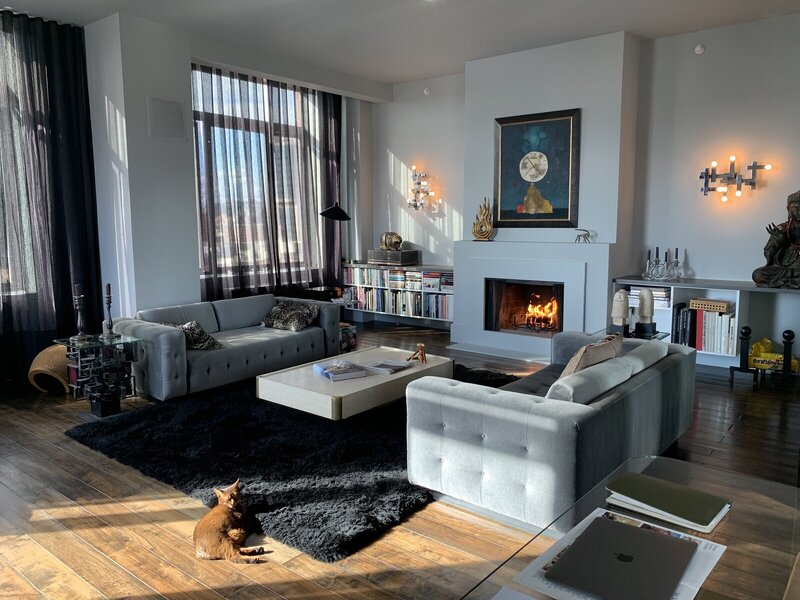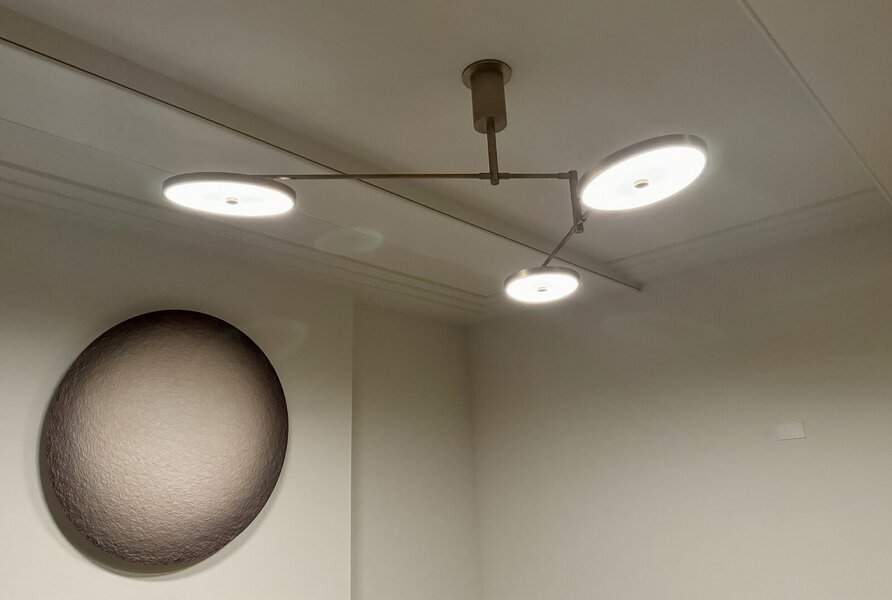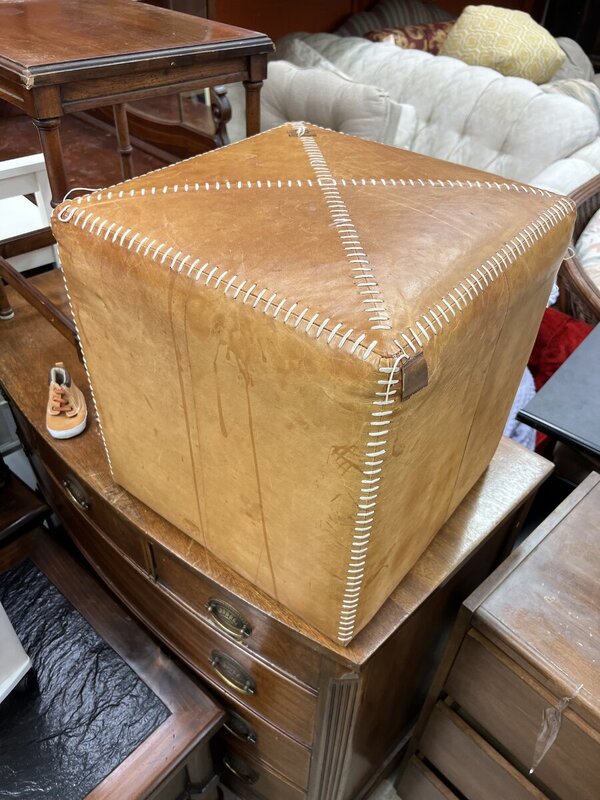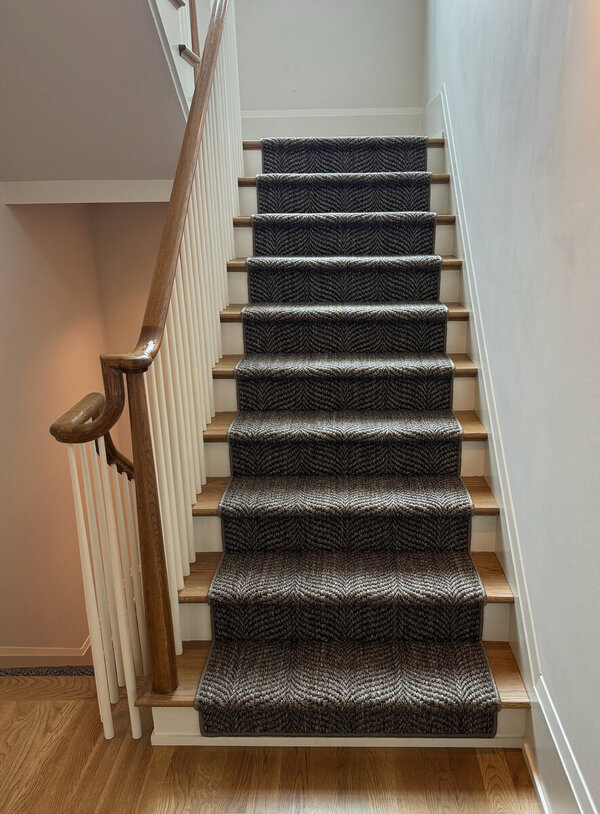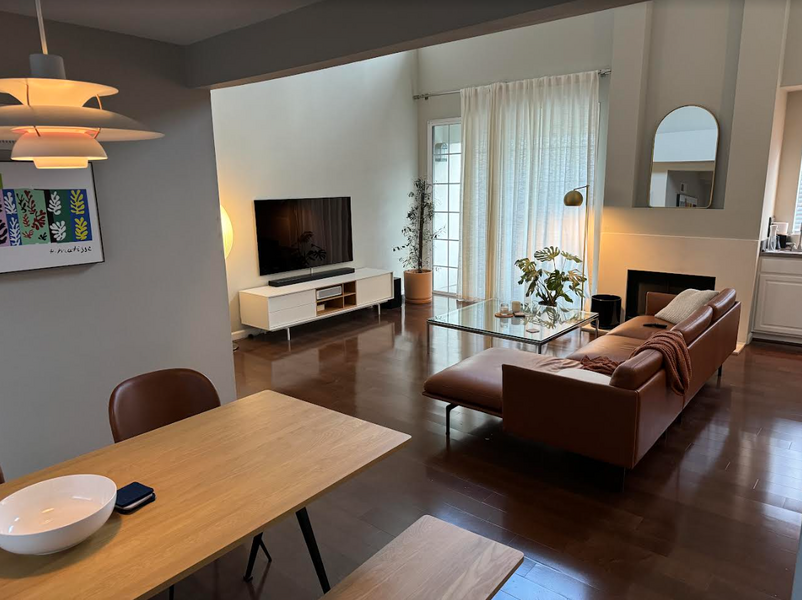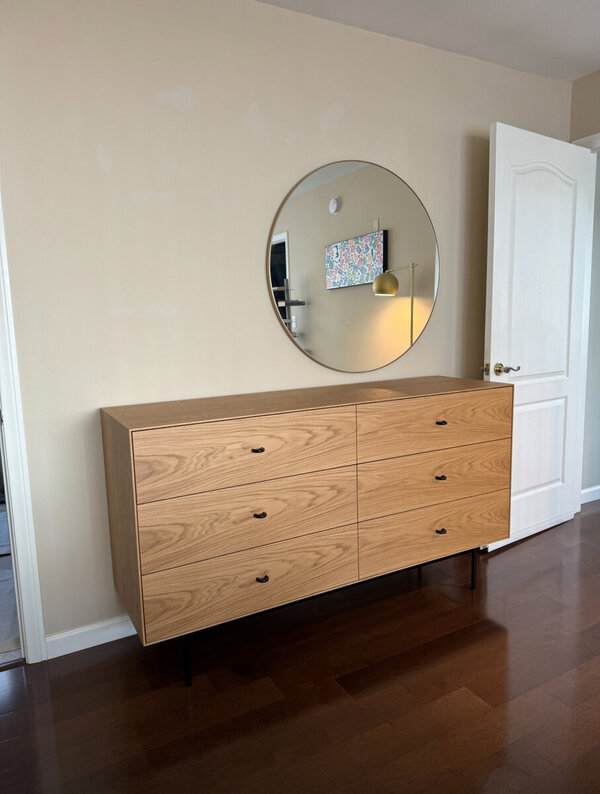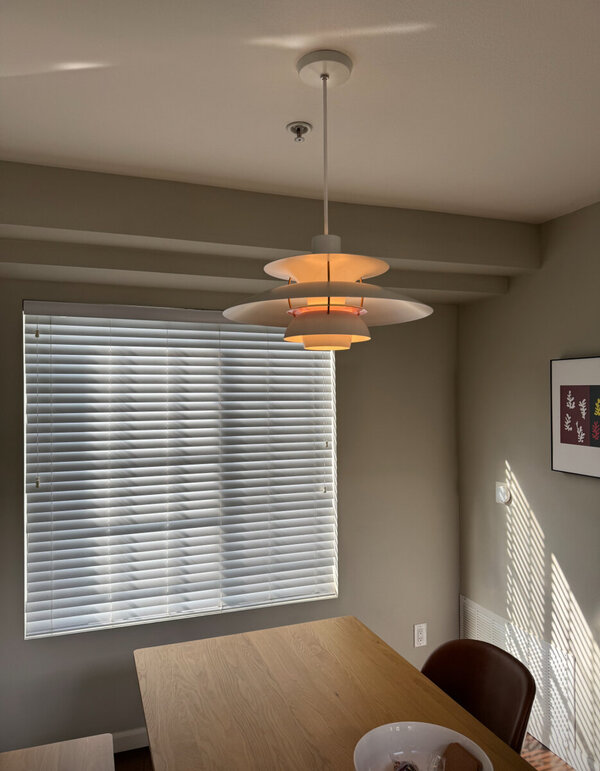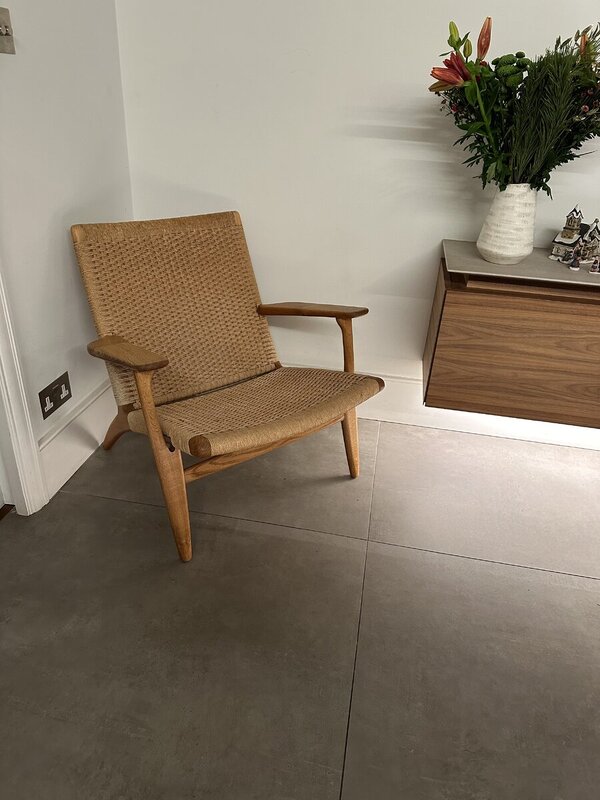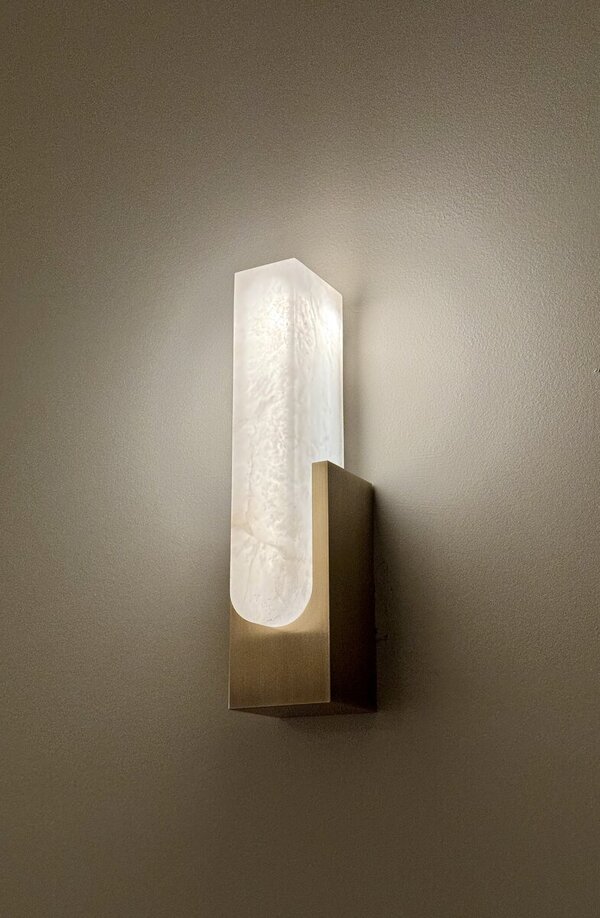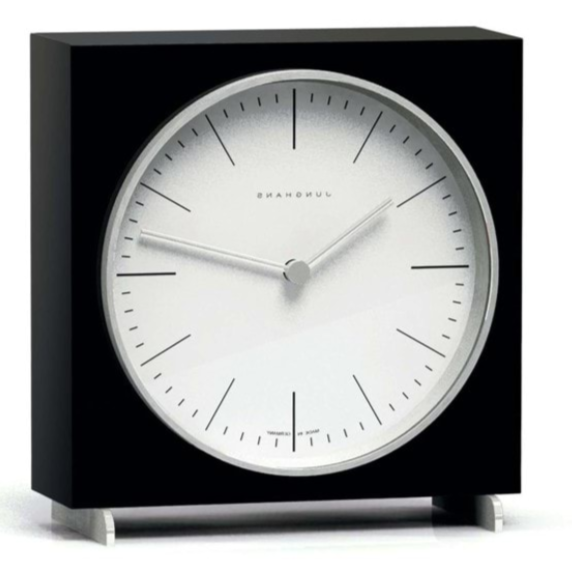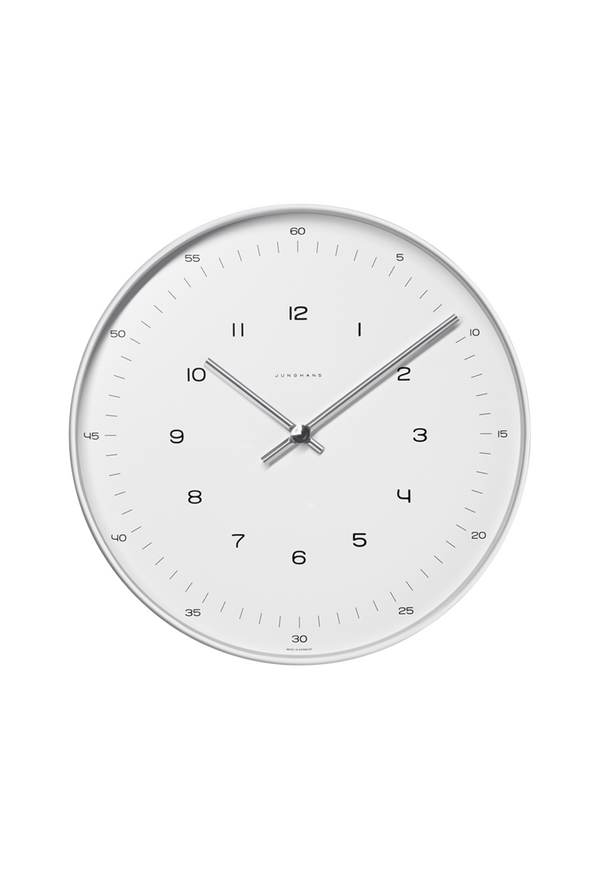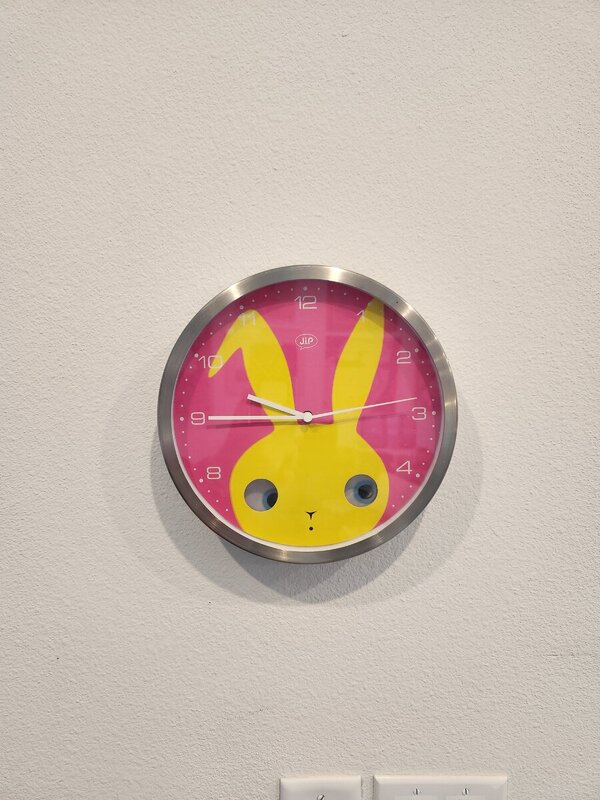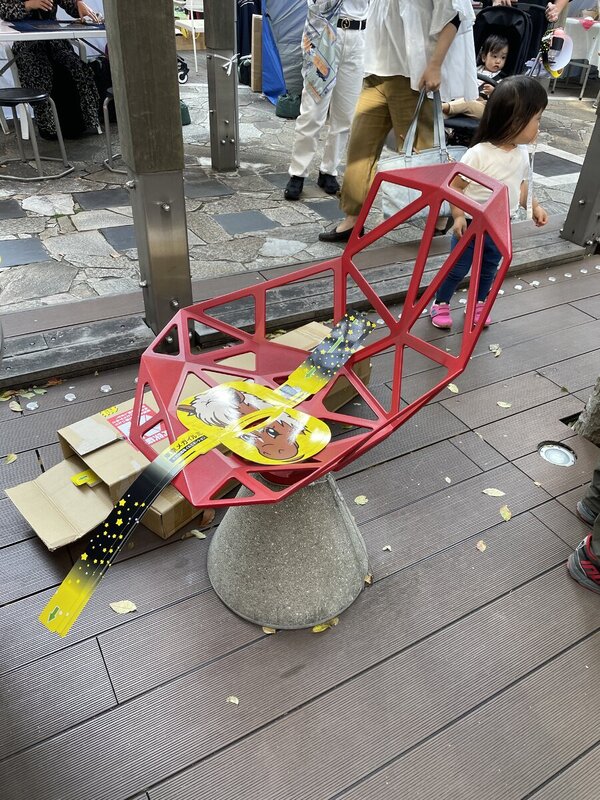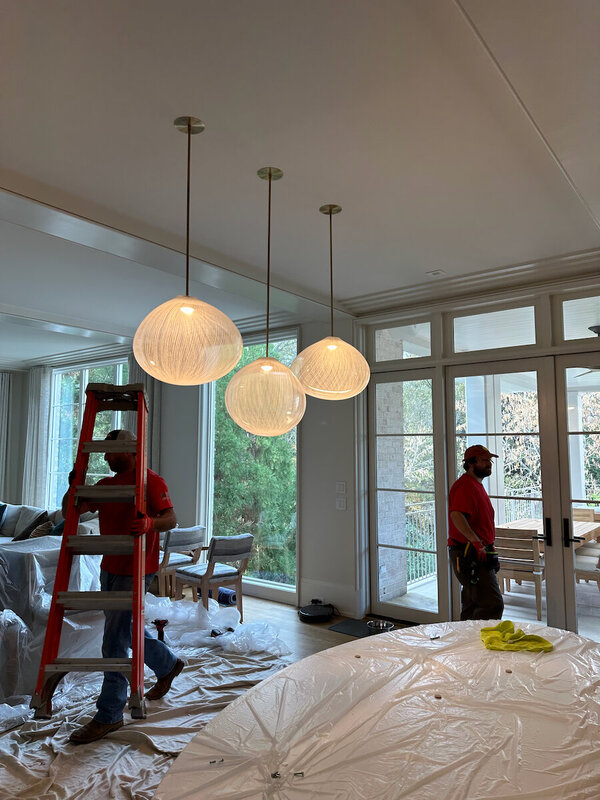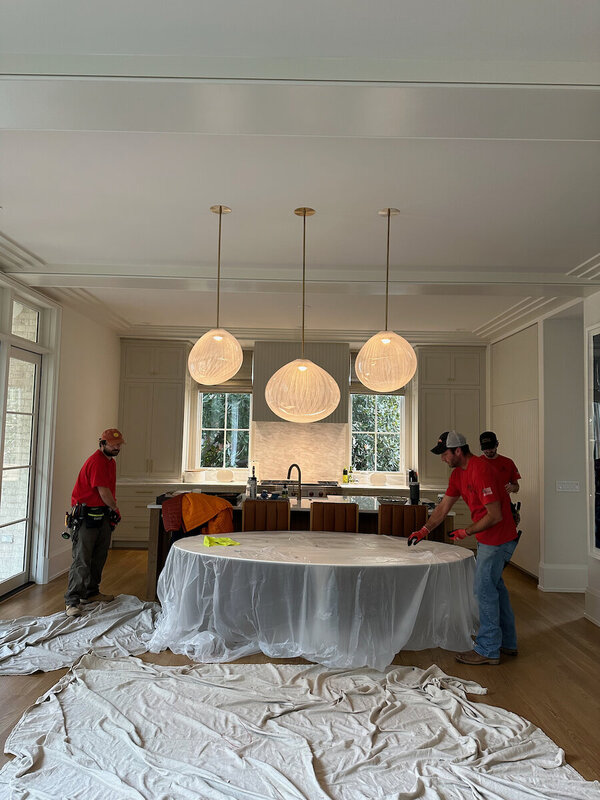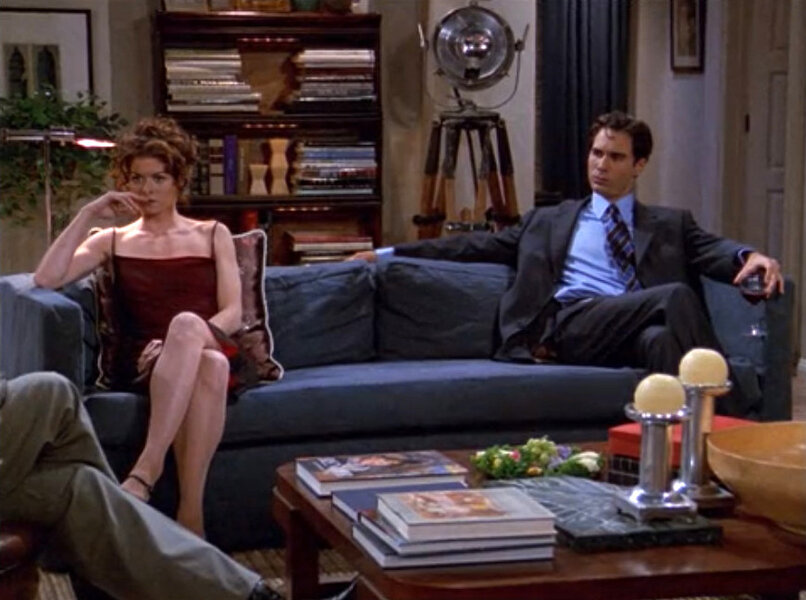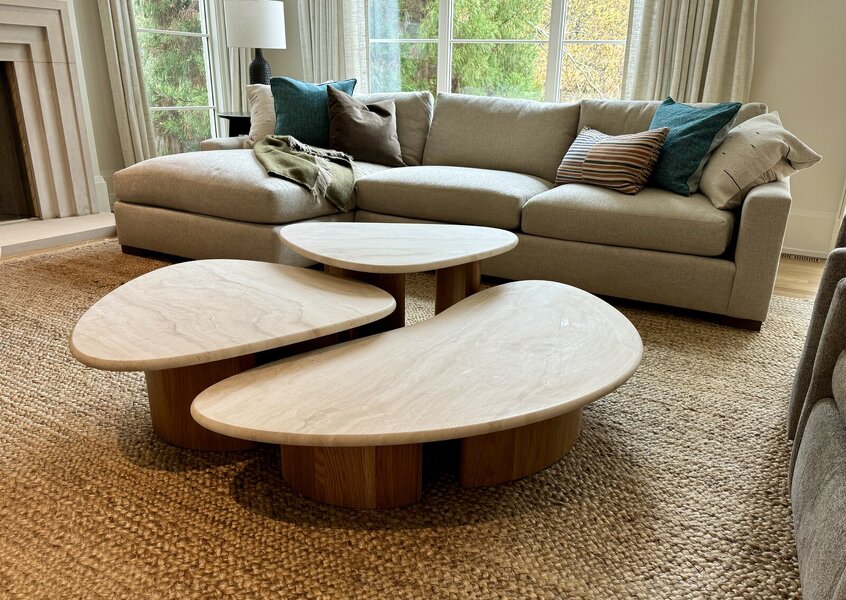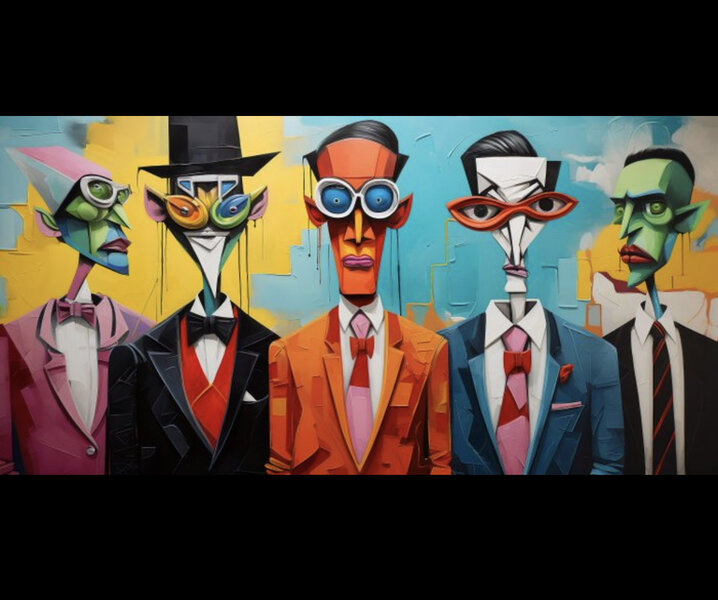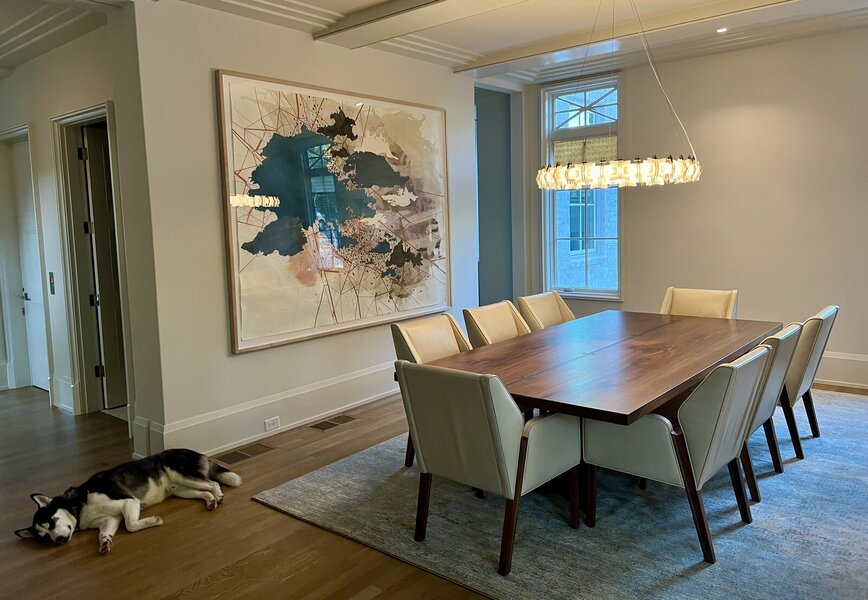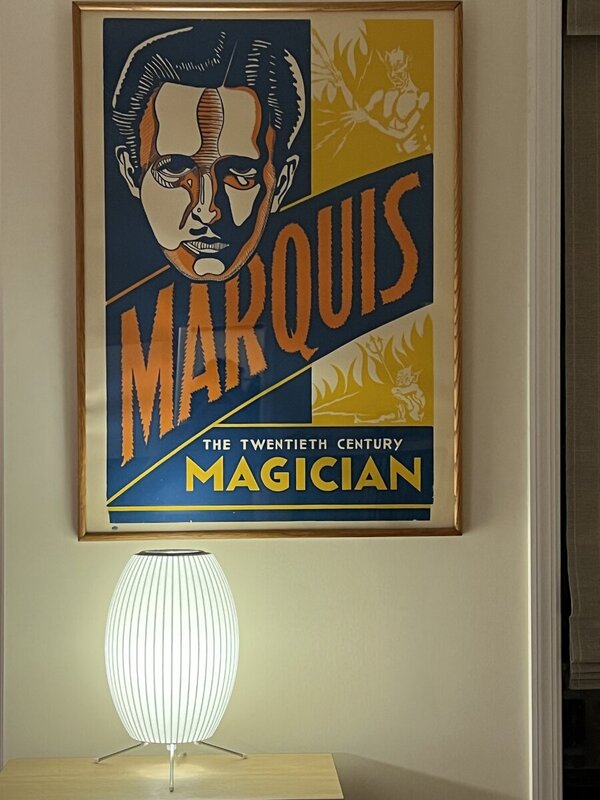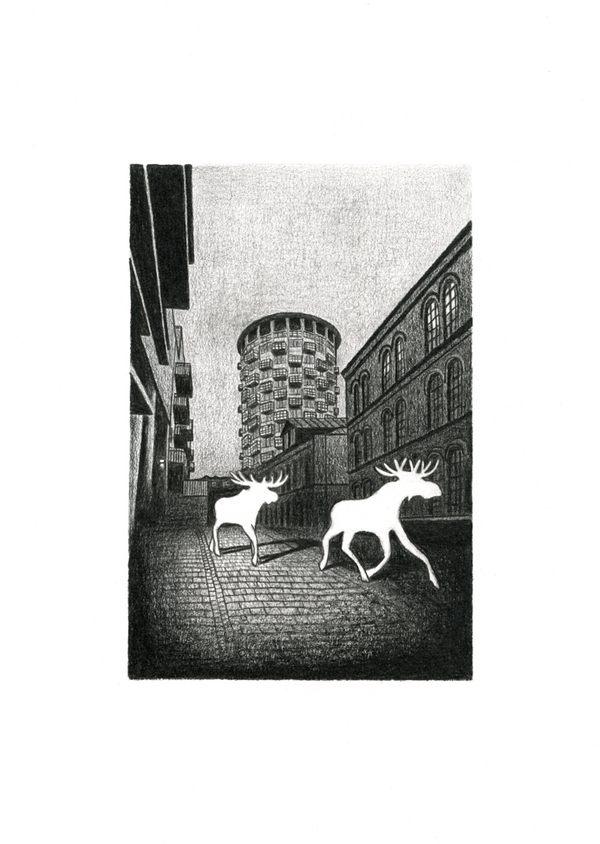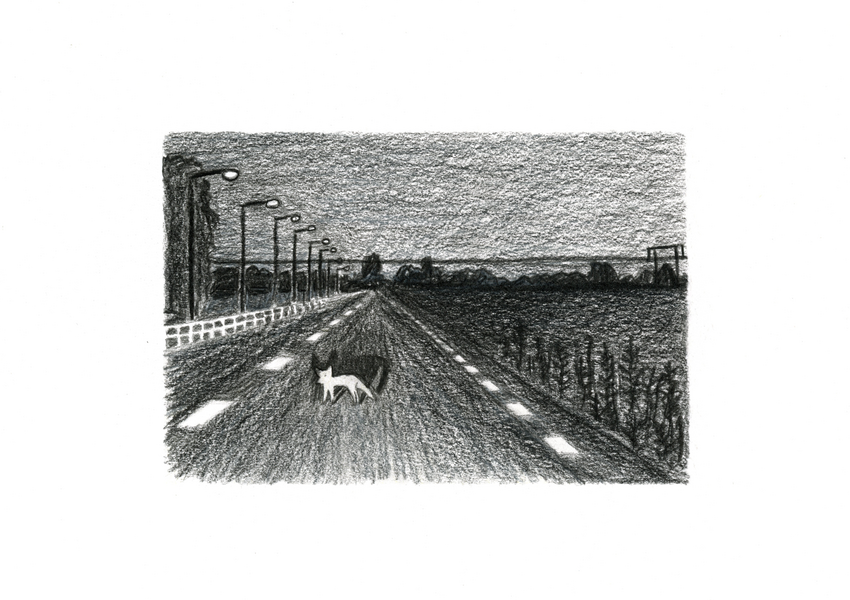Loathing
Distinguished Member
- Joined
- Mar 2, 2011
- Messages
- 1,350
- Reaction score
- 669
I thought this was a curious claim but just recently stumbled on information that clearly dispels it. Unsurprisingly, the National Palace Museum in Taiwan has the largest collection of imperial Ru Yao in the world, with 21 pieces. The British Museum is number two, with 17 pieces (including the Percival collection). The Beijing Palace Museum is third with 15 pieces. The Shanghai Museum has 8 pieces. After that, it’s a big drop-off. Any other museum is lucky to have a single example.
The Percival collection is extremely impressive and important, but I find it highly unlikely that it can compare favorably versus the collections in the Beijing and Taiwan Palace Museums, which directly inherited the imperial holdings. Much of the art and artifacts in those two museums are simply priceless.
You know nothing on the topic and you make such absurdly overconfident pronouncements. You admitted yourself you were totally ignorant of this entire field only a few weeks ago.
For a start, Ru ware is not the only type of Chinese ceramic that reaches auction prices in that range, so counting the number or Ru pieces tells you very little. Quantity is also a lot less important than quality — the BM examples are generally flawless and best-in-class. The David Vases, for example, are widely considered to be the most important ceramic objects in be world — easily worth over $100m. The Beijing Palace Museum obviously lost or damaged a vast amount of its collection during the period between 1912-1976. If you had even the most basic knowledge of China you’d be able to deduce this. The Taipei collection was scraped together in a panic and state of emergency in the middle of the Chinese civil war, and is much smaller than the Beijing collection although it generally contains better examples. I have been to all of these museums countless times (you haven’t been to any of them, have you?), I have been collecting in the field for years, and I studied Chinese art history in grad school. I have grad school friends who are curators at all of the branches of the palace museum (Beijing, Taipei, Hong Kong) — I sent them the photos of your teacups and they were not at all impressed, confirming what I said: wrong colour, wrong shape, wrong crazing, glazing too thick, stoneware body wrong colour. And no, your crazing will never age to look like real Ru ware.
Anyway, what is the point of arguing with you when you think you know everything based on a few cursory Google searches? You are intellectually lazy and pathologically overconfident.
Last edited:



